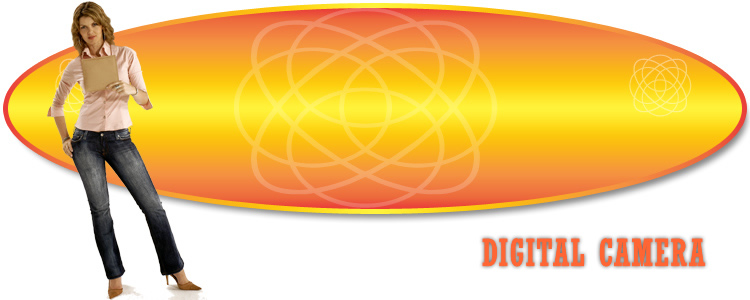Low Light Photography Tips
The definition of photography is to capture light onto digital or film media. The amount of light that is captured makes the difference in the photograph’s quality. For example, your photo will be dark if there isn’t enough light or you’ll have a blown out photo if there’s too much light. Low light photography is about getting a great photo with minimal lighting.
Basically, what this means your shutter needs to be open wide enough and long enough to let enough light in. But today’s camera takes it beyond the basics offering numerous features to aid in improving a photo that’s dimly lit. This includes things like the adjustment of focus, color, depth of field and flash. But in addition here are some tips for getting the perfect low light shot.
Tone Down the Flashy!
We’ve all had it happen – a flash goes off blinding us as an inexperienced photographer tries to get the shot. A bright flash freezes the action and allows you to capture the image. However, in low lighting it’s not the best or most considerate way to get that great shot.
Sometimes a flash isn’t needed. A good substitute can be the use of a faster shutter speed rather than a flash. Little flash or even no flash lets you capture more contrast between the light and dark in the room. It will also add depth along with dimension to your photo.
Even the cheapest digital camera will offer you the ability to adjust settings that will work with the lighting conditions. You can leave your camera on automatic but once you get a little experience you can start to play.
Pay attention to the ISO. Remember when you used to buy film you’d see 200, 400, 800, etc. ISO – the higher the number was the more sensitive the film was to light, but it also made the photos grainy. With digital cameras, ISO measures the sensor’s sensitivity for drawing in light that creates a digital picture. A digital camera has control over the ISO, With film you would look for lower numbers but with digital you would look for higher numbers.
You will need some stability otherwise; your photo is going to be blurry. Low light settings will cause the shutter to stay open longer and wider so the camera has to be perfectly still. Use a tripod if at all possible to avoid movement. That’s not always possible though, but many digital cameras have built in stabilizing, which helps to keep the picture in focus.
Low light photography takes a little practice but before long, you’ll get the hang of it.





No comments:
Post a Comment